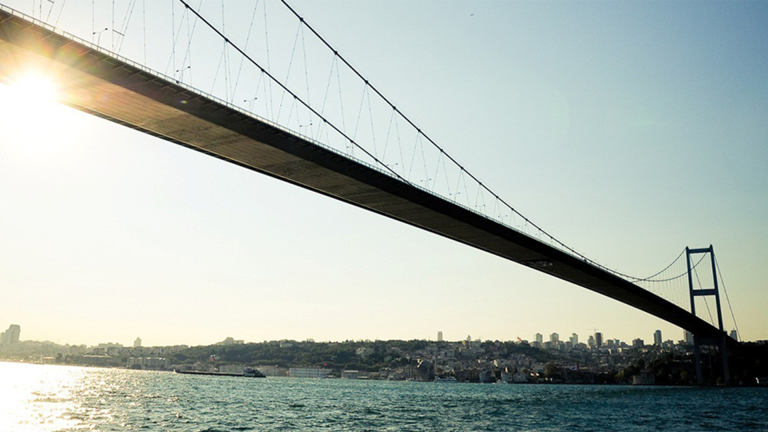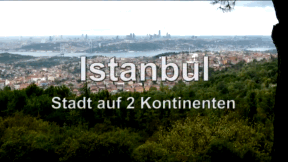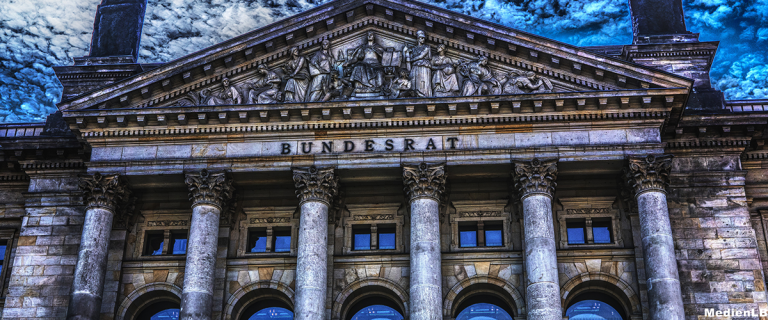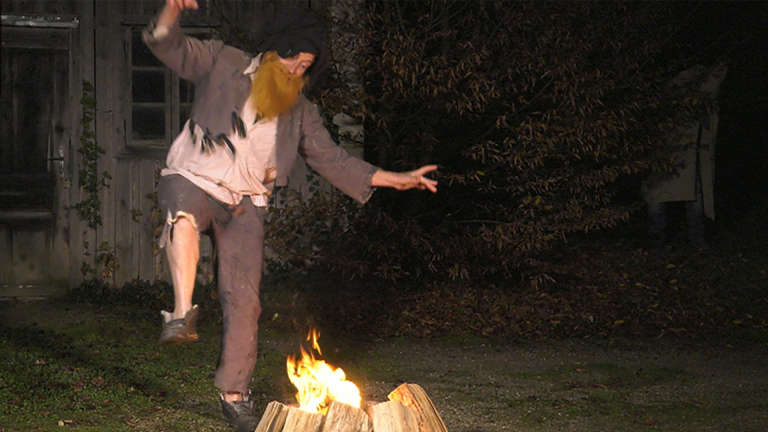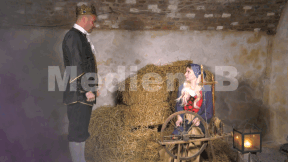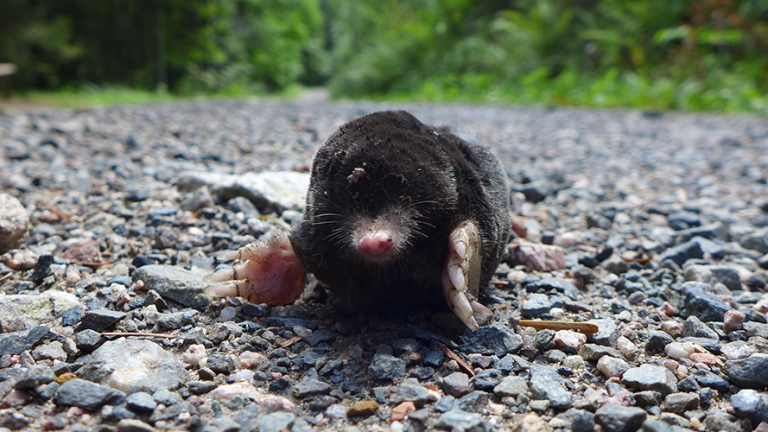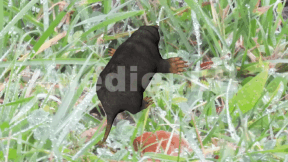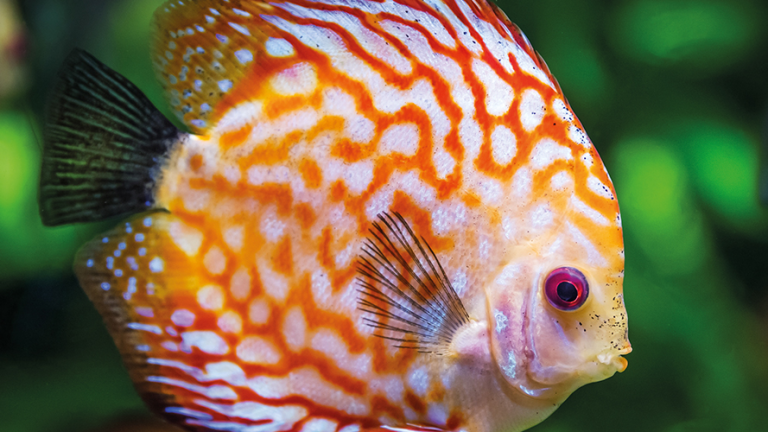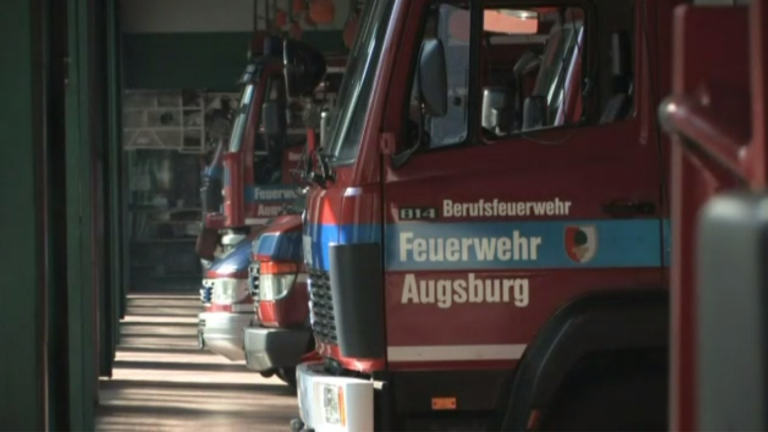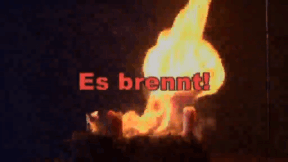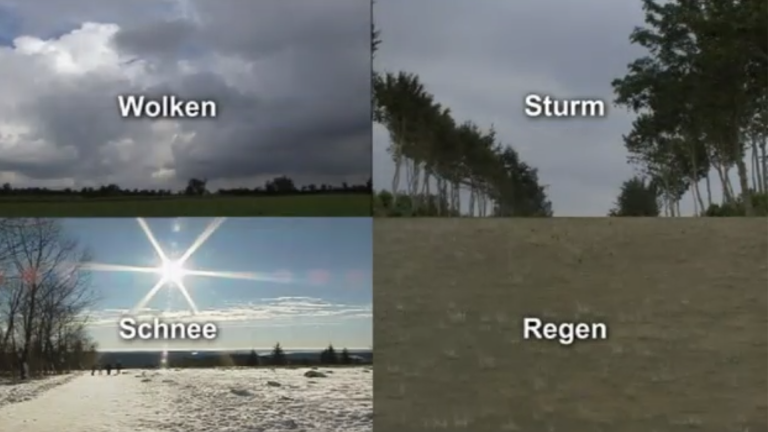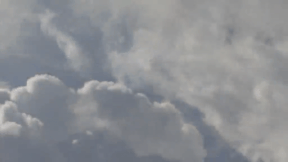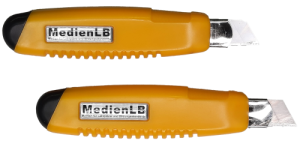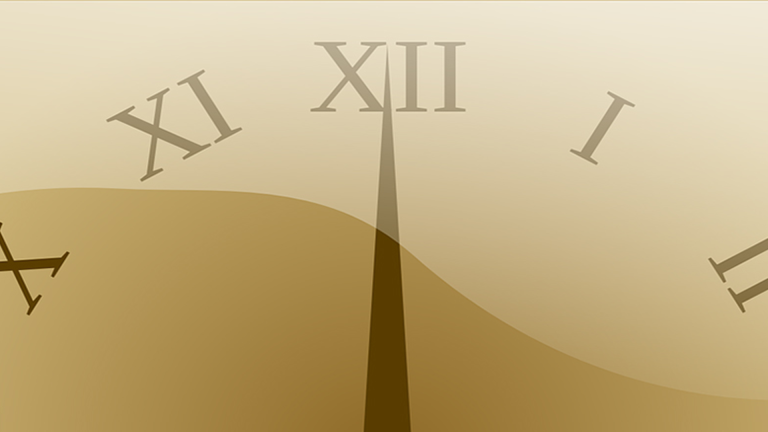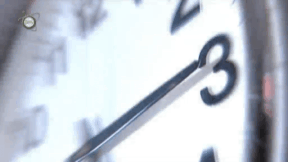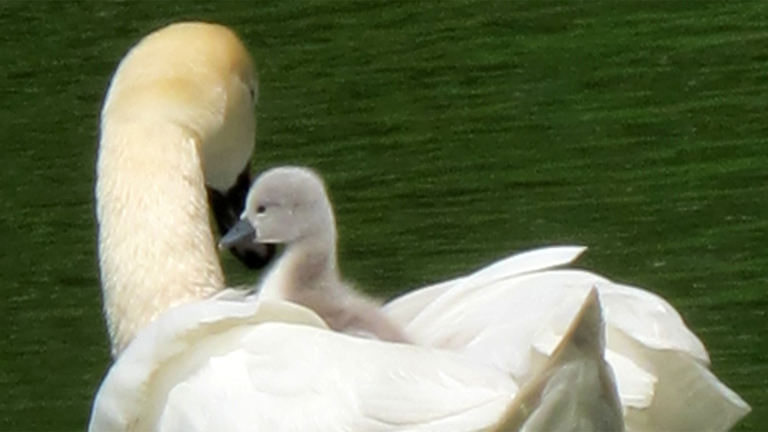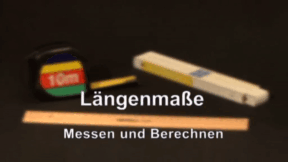Suche:
- # Artistry
- # Biology
- # Chemistry
- # Ecological
- # Economy
- # English
- # Foreign Language
- # Geography
- # German
- # Health
- # History
- # Informatik
- # Latin
- # Mathematics
- # Media Education
- # Music
- # Physics
- # Politics / Civics
- # Preschool
- # Primary School
- # Religion
- # Society
- # Sports
- # Technology
- # Training of Teachers
- # Vocational Education
Istanbul
In the southeasternmost corner of Europe, at the border to Asia, in the metropolis of Istanbul continents, cultures and religions meet. The film provides an insight into the topography and history of Istanbul. The great mosques, palaces and other historically significant monuments, some of them converted into museums, are described in detail. The economic importance of Istanbul, with its economic and financial sectors as well as the retail trade of the bazaars is another topic of the film. The confusing infrastructure of Istanbul, the division of the city into two parts and the resulting culture and transport conditions are dealt with. Istanbul life is characterised by tradition and modernity. Kemal Atatürk is considered the founder of the modern Turkey of today and his memory is cherished to this day. The bonus section gives an account of Atatürk’s life and reforms. Together with the extensive accompanying material the DVD is perfectly suited for use in the classroom.
Learn moreBundestag and Bundesrat
“I think politicians should by all means be responsible for the representation of interests, they should, so to speak, represent the people and make possible what the people wants in order to provide the greatest possible wealth and satisfaction in society. That should be their goal.“
Learn moreRumpelstilzchen
„Rumpelstilzchen“ gehört zu den bekanntesten Volksmärchen der Gebrüder Grimm. Mit viel Herz stellt der Film die Geschichte der schönen Müllerstochter und Rumpelstilzchen lebendig und anschaulich dar.
Learn moreMaulwurf
Jedes Kind hat schon einmal von ihm gehört, gesehen haben ihn die Wenigsten, denn er lebt meistens im Verborgenen.
Learn moreResponsible Consumption
What do “consumption“ and “consume“ actually mean? This is what the child reporter Ferdinand wants to find out today. That much is for sure: often it has something to do with money.
Learn moreHands-on Biology
To perform the experiment with beans you need first of all the seeds, of course. Runner beans are well suited for it. Watch out! Eaten raw, bean seeds are poisonous! For the germination experiments you need one plant pot per experiment. You need a waterproof pen for labelling the pots. Moreover, a watering can and water are required to keep the plant soil moist which is also needed. Some of the plant soil should be dried beforehand. To exclude the light you need a carton, to exclude the air a solid, transparent plastic bag and to exclude the soil cotton wool. In addition, scales, a glass and a protractor are required.
Learn moreOn Fire!
This DVD provides information on the history of fires and the fire brigade. The firefighters’ job is vividly illustrated, including their tasks and equipment. The topic of placing emergency calls plays a major part on this DVD. For safety training pur- poses, fire brigade operations are shown, causes of fires dis- cussed and extinguishing fires is practiced. In particular, the appropriate conduct in the event of a fire (alarm, test alarm, escape route, emergency call, fire detector, fire extinguisher, etc.) and first-aid measures for burns are demonstrated. The fact that besides the familiar fire engine, there are also fire brigades on water, on land and in the air shows how diverse this job is. A visit to the youth fire brigade makes this DVD especially suited for primary school pupils.
Learn moreOur Weather
In everyday life we are confronted with this topic on a daily basis. It is part of our lives. The weather determines our daily routine more than we tend to think. Children, in particular, have a lot of questions on the subject. How does the weather form? What different forms of clouds are there? How is a weather forecast made? Why does it rain? These are only a few of them. The film looks into these questions and answers them in terms and pictures suitable for young pupils. Looking to the future, the problems of climate change and greenhouse effect are also dealt with. In addition, the film conveys to the children how important it is to treat our earth with sensitivity. As a special bonus, this DVD offers fast-motion picture material from weather stations as well as satellite pictures made available by the German meteorological service, which can be accessed via the DVD menu. Together with the didactically arranged accompanying material, this DVD is perfectly suited for the classroom both as an introduction to the complex topic of the weather and as a tool in the hands of the pupils when working individually or preparing projects.
Learn moreDie innere Uhr
Der Faktor Zeit bestimmt unser gesamtes Leben. Manchmal scheint sie dabei still zu stehen und manchmal scheint sie nur so zu rennen. Zeit ist zwar eine physikalische Größe, die sich durch Uhren bis auf Millisekunden messen lässt. Das tatsächliche Zeitempfinden ist aber bei jedem Menschen individuell unterschiedlich. Woran liegt es, dass dem Einen eine Stunde ewig lang vorkommt, der Andere aber das Gefühl hat, es sei nur ein Augenblick vergangen? „Schau dich schlau!“ will wissen: Was ist mir unserem Zeitgefühl los? Was bedeutet Zeit überhaupt?
Learn moreFrom Hatchling to Swan
This native water bird glides majestically across the water. It has a graceful curved neck. But how does a small “grey duckling“ change into an “elegant swan”? At the age of two to three years, Mute Swans can have swanlings and set out to find a mate. Already in autumn, the mating time for the Mute Swans begins, mating birds, however, can be seen until March. Here, Mute Swans show a behaviour quite unusual in Anatidae: males and females court each other.
Learn moreUnits of Length
The DVD starts with a look back into the past. How did peop- le measure in former times? What historical units of measure- ment were there? What is the standard metre? Since when has there been a system of units? Subsequently, the units of measurement – metre (m), centimetre (cm), milllimetre (mm), decimetre (dm) and kilo- metre (km) – are examined more closely. In a third chapter, an overview of the conversions is presented and their systematics explained. Decimal points and the prefixes are clearly illustrated. Then the DVD offers a digression visiting other countries and their length units. America and Great Britain, with inches, feet, yards and miles, play a central role. In the fifth chapter, calculations using scales are presented. Here the focus is laid on scales in maps, but also scaling down and up are dealt with. In the last chapter, circumferences of rectangles and squares are measured and calculated with various examples.
Learn more



